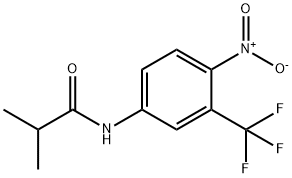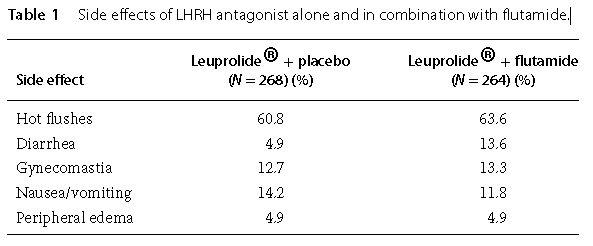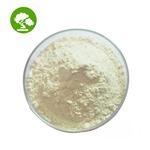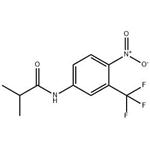
Flutamide
- Product NameFlutamide
- CAS13311-84-7
- MFC11H11F3N2O3
- MW276.21
- EINECS236-341-9
- MOL File13311-84-7.mol
Chemical Properties
| Melting point | 112 °C |
| Boiling point | 400.3±45.0 °C(Predicted) |
| Density | 1.3649 (estimate) |
| storage temp. | 2-8°C |
| solubility | Practically insoluble in water, freely soluble in acetone and in ethanol (96 per cent). |
| pka | 13.12±0.70(Predicted) |
| color | Pale Yellow to Light Yellow |
| Merck | 14,4208 |
| InChI | InChI=1S/C11H11F3N2O3/c1-6(2)10(17)15-7-3-4-9(16(18)19)8(5-7)11(12,13)14/h3-6H,1-2H3,(H,15,17) |
| InChIKey | MKXKFYHWDHIYRV-UHFFFAOYSA-N |
| SMILES | C(NC1=CC=C([N+]([O-])=O)C(C(F)(F)F)=C1)(=O)C(C)C |
| CAS DataBase Reference | 13311-84-7(CAS DataBase Reference) |
| EPA Substance Registry System | Flutamide (13311-84-7) |
Safety Information
| Hazard Codes | Xn,Xi |
| Risk Statements | 20/21/22-63-36/37/38 |
| Safety Statements | 22-36-36/37/39-27-26 |
| WGK Germany | 3 |
| RTECS | UG5700000 |
| HS Code | 29242990 |




